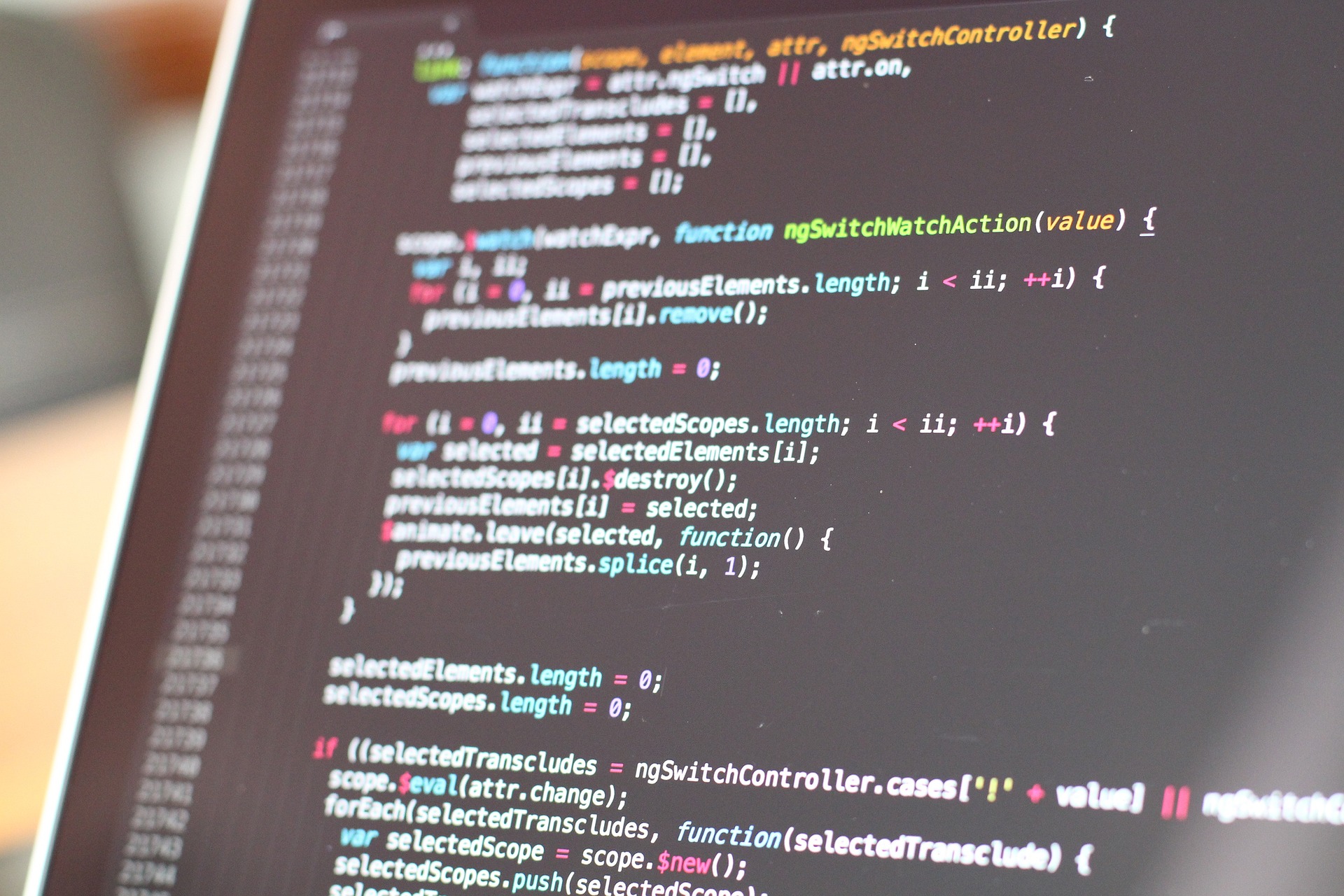Importance of pip for Python
Importance of pip for python is that first know about python. Python has become one of the most popular programming languages due to its simplicity, versatility, and extensive library support. At the heart of this support lies pip, Python’s package manager. Pip, short for “Pip Installs Packages,” is an essential tool that allows developers to easily install, manage, and upgrade libraries. In this blog, we’ll explore why pip is crucial for Python developers and how it transforms the way projects are built.
What is pip?
Pip is a command-line tool that simplifies the installation of Python libraries and frameworks. It connects directly to the Python Package Index (PyPI), a repository containing thousands of Python packages. With a single command, developers can add powerful libraries like NumPy, Pandas, Flask, or Django to their projects.
Key Features of pip:
- Install and manage libraries effortlessly.
- Upgrade outdated packages to their latest versions.
- Uninstall unnecessary packages to declutter your environment.
Why is pip Important for Python Developers?
The importance of pip for Python cannot be overstated. Here are some key reasons why it is an indispensable tool:
1. Simplifies Package Management
Before pip, developers had to manually download and configure packages, which was time-consuming and error-prone. Pip automates this process, making it easy to install libraries with simple commands:
pip install library_name
This command downloads the required library and its dependencies, ensuring a smooth installation.
2. Access to the Python Ecosystem
Pip provides direct access to the vast collection of Python libraries available on PyPI. Developers can choose from over 300,000 packages, including:
- Data analysis libraries: Pandas, NumPy
- Web development frameworks: Flask, Django
- Machine learning tools: TensorFlow, scikit-learn
This extensive ecosystem empowers developers to build applications for diverse use cases.
3. Enhances Developer Productivity
By automating package management, pip allows developers to focus on writing code rather than configuring dependencies. It simplifies workflows and reduces the time spent troubleshooting installation issues.
4. Ensures Compatibility
Pip ensures that libraries and their dependencies are compatible with your Python version. This reduces the risk of runtime errors and improves the reliability of your projects.
5. Supports Virtual Environments
Pip works seamlessly with virtual environments, which isolate project dependencies. This ensures that libraries required for one project do not interfere with others. To create a virtual environment, use:
python -m venv myenv
source myenv/bin/activate # On Linux/Mac
myenv\Scripts\activate # On Windows
With pip, you can then install project-specific packages within the virtual environment.
How to Use pip Effectively
To fully appreciate the importance of pip for Python, let’s explore its common uses:
Installing Packages
To add a library to your project, use the install command:
pip install requests
This installs the Requests library, widely used for making HTTP requests.
Upgrading Packages
Keep your libraries up-to-date with the upgrade command:
pip install --upgrade flask
This ensures you benefit from the latest features and security patches.
Uninstalling Packages
Remove unwanted libraries with:
pip uninstall numpy
Freezing Requirements
For collaborative projects, create a requirements.txt file to list all dependencies. Share it with your team to replicate the environment:
pip freeze > requirements.txt
pip install -r requirements.txt
Best Practices for Using pip
To maximize the benefits of pip, follow these best practices:
1. Use Virtual Environments
Always create a virtual environment for your projects to avoid dependency conflicts. Virtual environments keep your global Python environment clean and organized.
2. Update pip Regularly
Pip itself requires updates to stay compatible with the latest Python features. Use the following command to upgrade pip:
pip install --upgrade pip
3. Check Compatibility
Before installing a library, ensure it supports your Python version by checking its documentation or PyPI page.
4. Document Dependencies
Maintain a requirements.txt file for every project to streamline dependency management and make collaboration easier.
Troubleshooting Common pip Issues
While pip is reliable, you may encounter occasional issues. Here’s how to resolve them:
1. Pip Command Not Found
Ensure Python is added to your system’s PATH during installation. Reinstall Python if necessary and check the “Add Python to PATH” option.
2. Permission Denied
On Linux/Mac, use sudo for administrative privileges:
sudo pip install package_name
On Windows, run the command prompt as an administrator.
3. Pip Not Recognized
Verify that pip is correctly installed by running:
python -m ensurepip --upgrade
4. Dependency Conflicts
Use a virtual environment to prevent conflicts between libraries:
python -m venv env
Activate the environment and install the required packages.
Conclusion
The importance of pip for Python lies in its ability to simplify package management, enhance productivity, and unlock the full potential of Python’s rich library ecosystem. By using pip, developers can focus on building innovative solutions without being bogged down by dependency issues. From installing libraries to managing virtual environments, pip is an essential tool that every Python developer should master.
Start using pip today and experience the difference it makes in your Python development journey!
FAQ
1. What is pip used for in Python? Pip is a package manager used to install, upgrade, and manage Python libraries and frameworks.
2. Why is pip important? Pip simplifies dependency management, improves productivity, and provides access to Python’s vast ecosystem of libraries.
3. How do I install pip? Pip is included with Python versions 3.4 and above. If not, you can install it using the get-pip.py script.
4. Can pip work with virtual environments? Yes, pip works seamlessly with virtual environments to isolate dependencies for individual projects.






